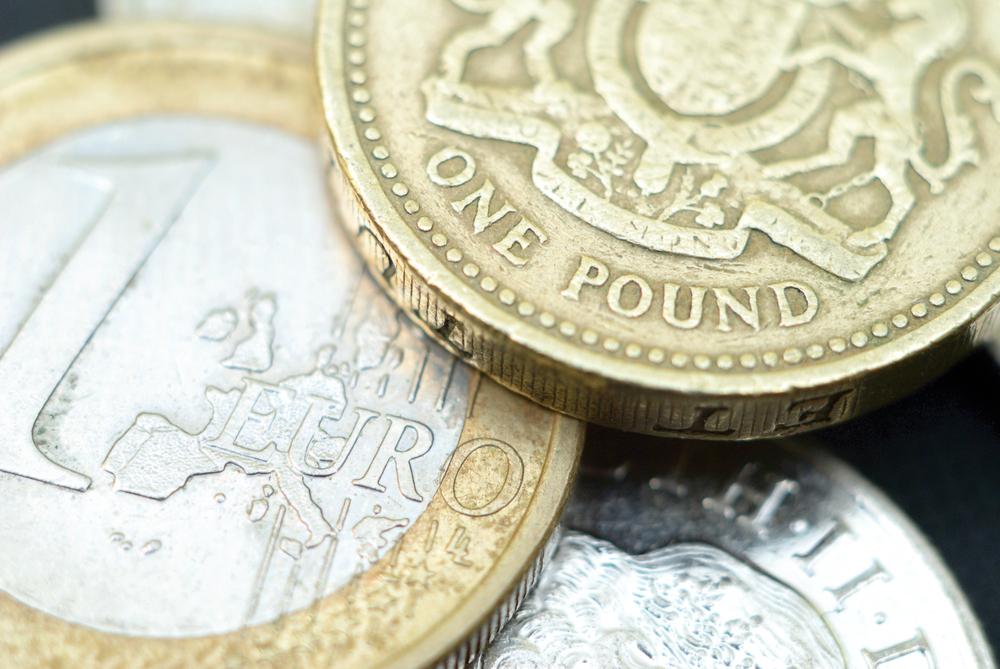Like most of the economy, the British Pound has got off to a rocky start in 2016. The value has decreased dramatically against other currencies, declining nearly 4 percent over the last three weeks – bad news for any Brits trying to beat the January blues with a trip abroad.
The fall marks its longest downward streak since the single currency was introduced in 1999 – which seems surprising for a country with an economy that is arguably stronger than many others.
What’s more, the slide was totally overlooked by analysts, whose predictions for end of March period stood at 1.4376, and a year-end average of 1.4204. Currently, the pound is at 1.30 against the euro.
So what’s causing the drop?
One factor having a big impact is the Bank of England’s reluctance to raise interest rates, especially after the Federal Reserve increased theirs. Lower rates make the currency unattractive to investors, and encourages them to sell.
Of course, Governor Mark Carney has his reasons for not raising rates – namely that the UK economy is not yet strong enough to cope with it, something else that is having an impact on the pound. Inflation is persistently below the target of 2 percent, and earnings growth is continuing to slow from a six-year high – hints that all may not be well underneath the surface. On top of that, we had George Osborne himself admitting that this year could be make-or-break for the UK, stating that the country’s economy faces a “cocktail of threats” this year.
The impending EU referendum also casts uncertainty on the future of UK, with investors unsure about buying a currency that may well be severely hit should the UK vote to leave the safety of the EU.
Overall, the pound’s decline seems predictable, given the lack of security in Britain’s economic future. Combine this with the worst start to the year the markets have seen in history, chaos on the Chinese markets and the tumbling price of oil, it could well be a while before the pound begins to rise against other currencies. In the words of George Osborne: “2016 is year critical.”
Miranda Wadham on 21/01/2016




